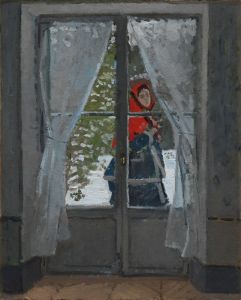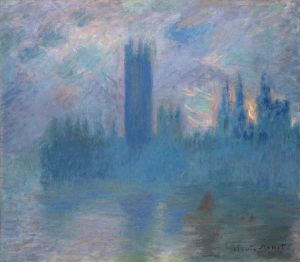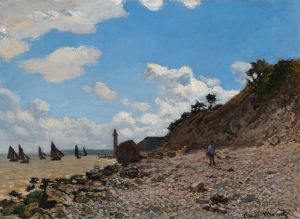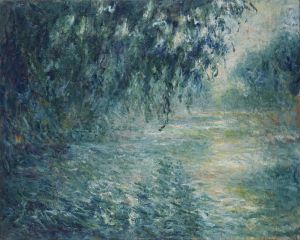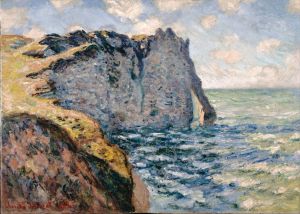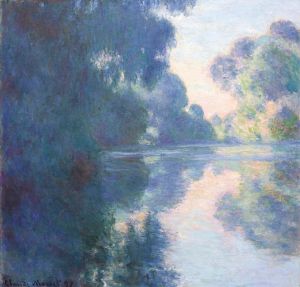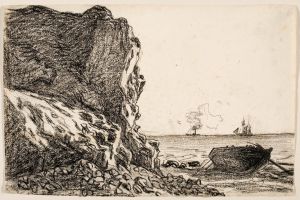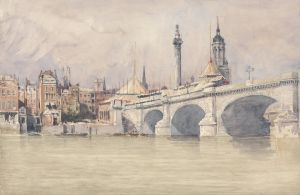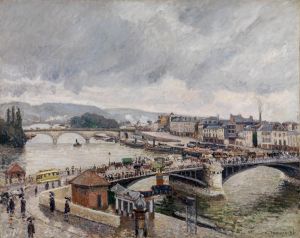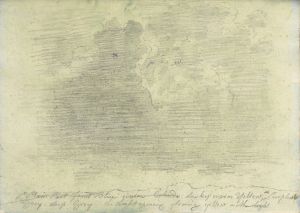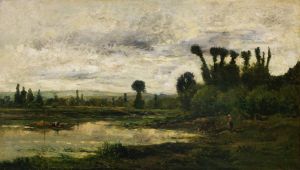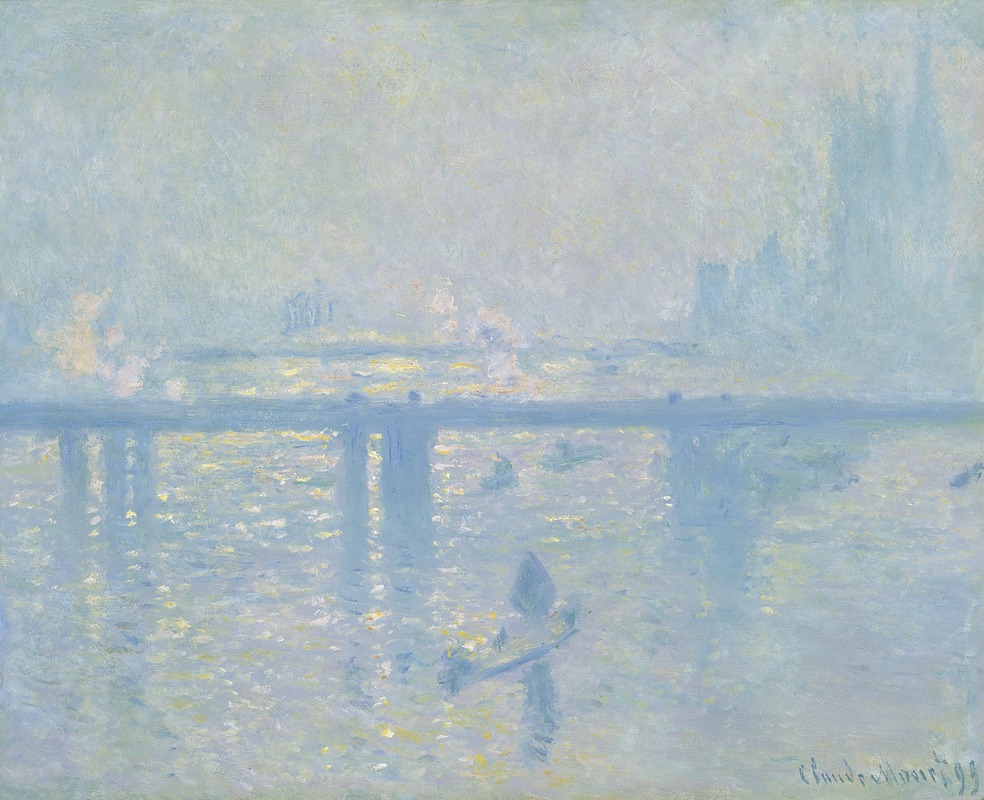
Charing Cross Bridge
A hand-painted replica of Claude Monet’s masterpiece Charing Cross Bridge, meticulously crafted by professional artists to capture the true essence of the original. Each piece is created with museum-quality canvas and rare mineral pigments, carefully painted by experienced artists with delicate brushstrokes and rich, layered colors to perfectly recreate the texture of the original artwork. Unlike machine-printed reproductions, this hand-painted version brings the painting to life, infused with the artist’s emotions and skill in every stroke. Whether for personal collection or home decoration, it instantly elevates the artistic atmosphere of any space.
Claude Monet's "Charing Cross Bridge" is one of a series of paintings created by the French Impressionist master during his visits to London in the late 19th and early 20th centuries. Monet painted this particular series between 1899 and 1904, focusing on the atmospheric effects of fog, light, and weather over the River Thames. The Charing Cross Bridge series is part of a broader group of works that also includes his depictions of the Houses of Parliament and Waterloo Bridge, all of which reflect Monet's fascination with London's urban landscape and its interplay with natural elements.
The Charing Cross Bridge paintings exemplify Monet's Impressionist style, characterized by loose brushwork, a focus on light and color, and an emphasis on capturing fleeting moments. Monet was particularly drawn to the way London's fog and industrial pollution diffused light, creating a unique and ever-changing visual atmosphere. In these works, the bridge often appears as a shadowy, almost ghostly structure, partially obscured by mist and surrounded by the shimmering reflections of the river.
Monet worked on these paintings from his room at the Savoy Hotel, which provided him with a clear view of the Thames and its surroundings. He often painted the same scene multiple times under different weather and lighting conditions, a hallmark of his artistic approach. This method allowed him to explore the subtle variations in color and mood that defined the landscape at different times of day and in different seasons.
The Charing Cross Bridge series is notable for its use of a muted color palette, dominated by soft blues, grays, and purples, which evoke the hazy atmosphere of London. The paintings also reflect Monet's interest in modernity, as the bridge itself was a symbol of industrial progress and urban development. Despite this, the works maintain a sense of timelessness, blending the natural and man-made elements into a harmonious whole.
Today, individual paintings from the Charing Cross Bridge series are held in various museums and private collections around the world. They are celebrated as masterpieces of Impressionism and as a testament to Monet's ability to transform ordinary urban scenes into works of profound beauty and emotional resonance.





